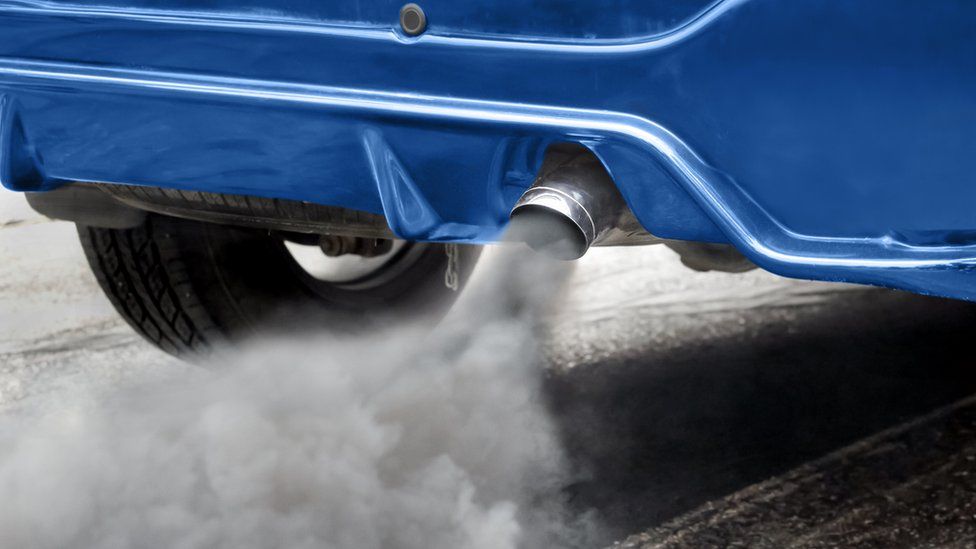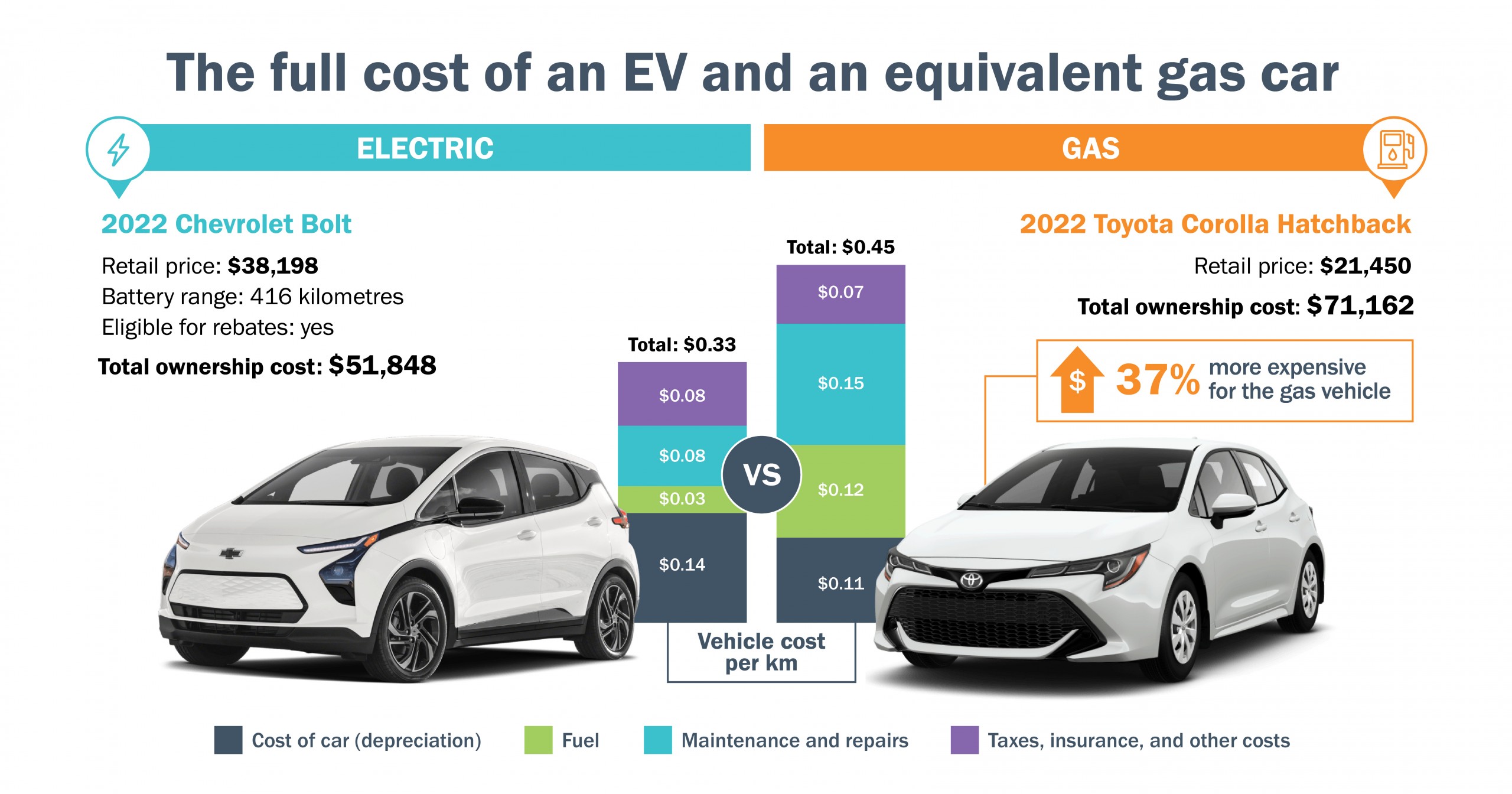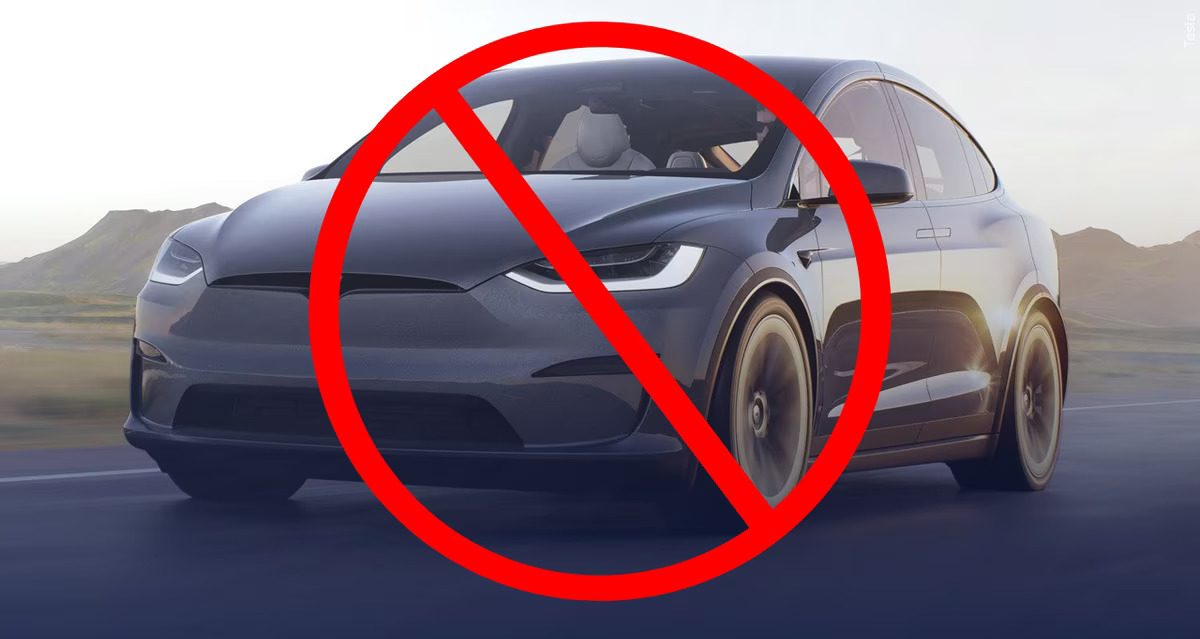The growing concern over climate change and environmental degradation has prompted governments worldwide to take drastic measures to reduce carbon emissions.
Among these measures, bans on internal combustion engine (ICE) cars have sparked significant debate.
While the intention behind these bans is to promote cleaner air and reduce reliance on fossil fuels, there are concerns that governments may be moving too swiftly, potentially leading to unintended economic and societal consequences.
This article explores the arguments for and against the rapid implementation of ICE car bans.
Arguments for ICE Car Bans
The primary motivation behind ICE car bans is to combat climate change and reduce air pollution. Vehicles powered by internal combustion engines are significant contributors to greenhouse gas emissions and urban air pollution.
By phasing out ICE cars and promoting electric vehicles (EVs) and other cleaner alternatives, governments aim to create a more sustainable and healthier environment.

One of the key benefits of ICE car bans is the acceleration of the transition to cleaner transportation. The automotive industry has already made significant strides in developing EVs, and the introduction of bans can further incentivize innovation and investment in this sector.
This shift can lead to technological advancements, cost reductions, and increased adoption of EVs, ultimately contributing to a substantial reduction in carbon emissions.
Additionally, ICE car bans can help reduce the dependence on fossil fuels, thereby enhancing energy security.
As countries transition to renewable energy sources, the reliance on oil and gas imports can be minimized, leading to greater economic stability and geopolitical advantages. This shift can also stimulate the growth of green industries, creating new job opportunities and driving economic growth.
Arguments Against Rapid Implementation
Despite the potential benefits, there are concerns that rapid implementation of ICE car bans may have unintended economic and societal consequences. One of the primary concerns is the impact on the automotive industry and related sectors.
The transition from ICE cars to EVs requires significant investments in new manufacturing processes, infrastructure, and workforce training. Rapid bans may disrupt existing supply chains and result in job losses, particularly in regions heavily dependent on the automotive industry.
Another concern is the affordability and accessibility of EVs. While the cost of EVs has been decreasing, they are still generally more expensive than traditional ICE cars. Rapid bans could disproportionately affect low-income individuals who may not be able to afford the higher upfront costs of EVs.
Additionally, the availability of charging infrastructure remains a challenge in many areas, particularly in rural and underserved communities. Without adequate charging infrastructure, the transition to EVs may be hindered.

The environmental impact of EV production and battery disposal is also a point of contention. The extraction of raw materials for batteries, such as lithium and cobalt, can have significant environmental and social impacts.
Additionally, the disposal and recycling of EV batteries pose challenges that need to be addressed to ensure a truly sustainable transition.
The debate over ICE car bans reflects the complexity of balancing environmental goals with economic and societal considerations. While the push to reduce carbon emissions and promote cleaner transportation is commendable, the rapid implementation of ICE car bans may lead to unintended consequences.
A more measured approach that includes investments in EV infrastructure, support for affected industries and workers, and measures to ensure affordability and accessibility can help achieve the desired environmental outcomes without sacrificing economic stability and social equity.
Also Read: Muscle Cars in an EV Era: Nostalgia vs. Sustainability

